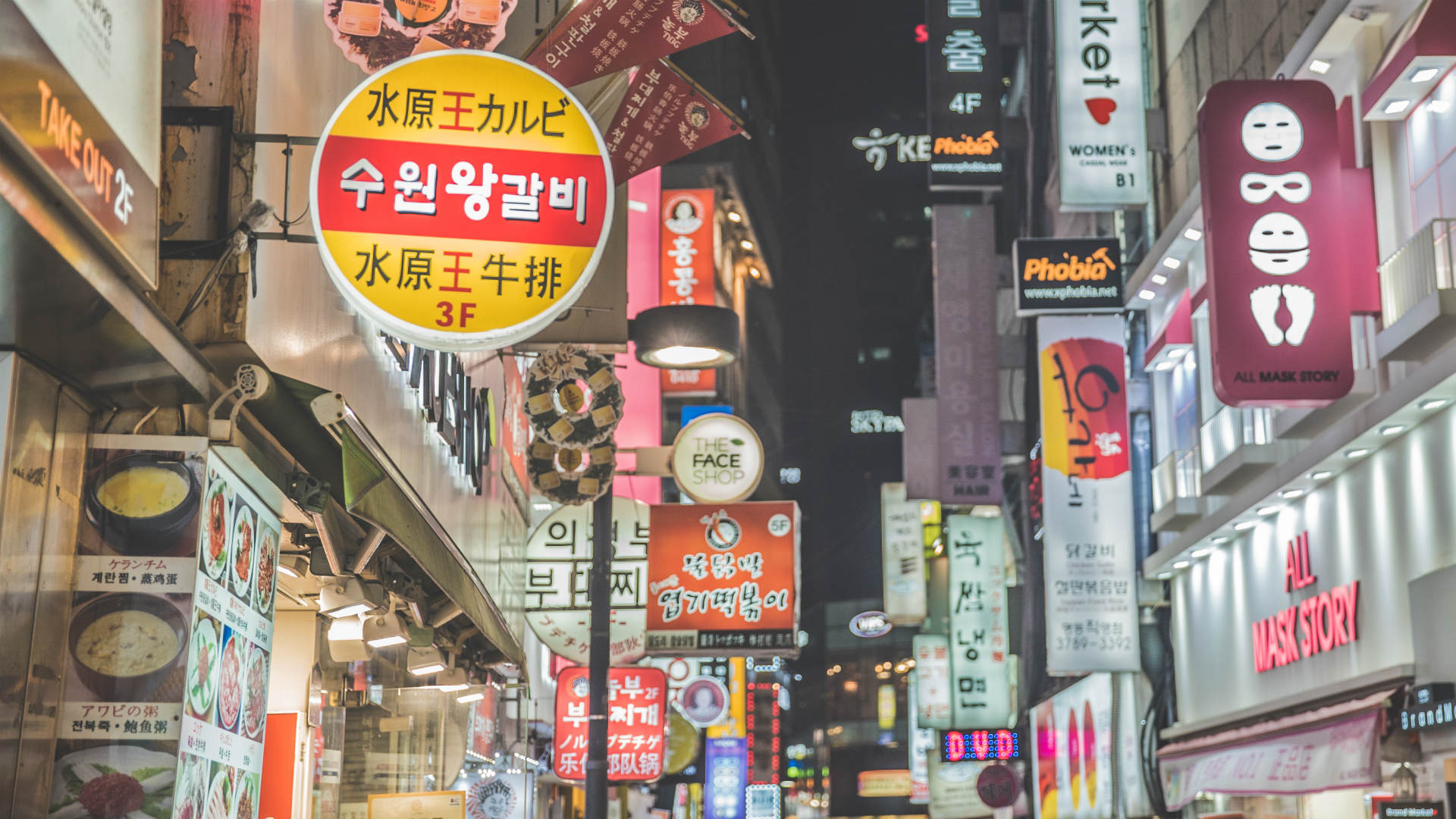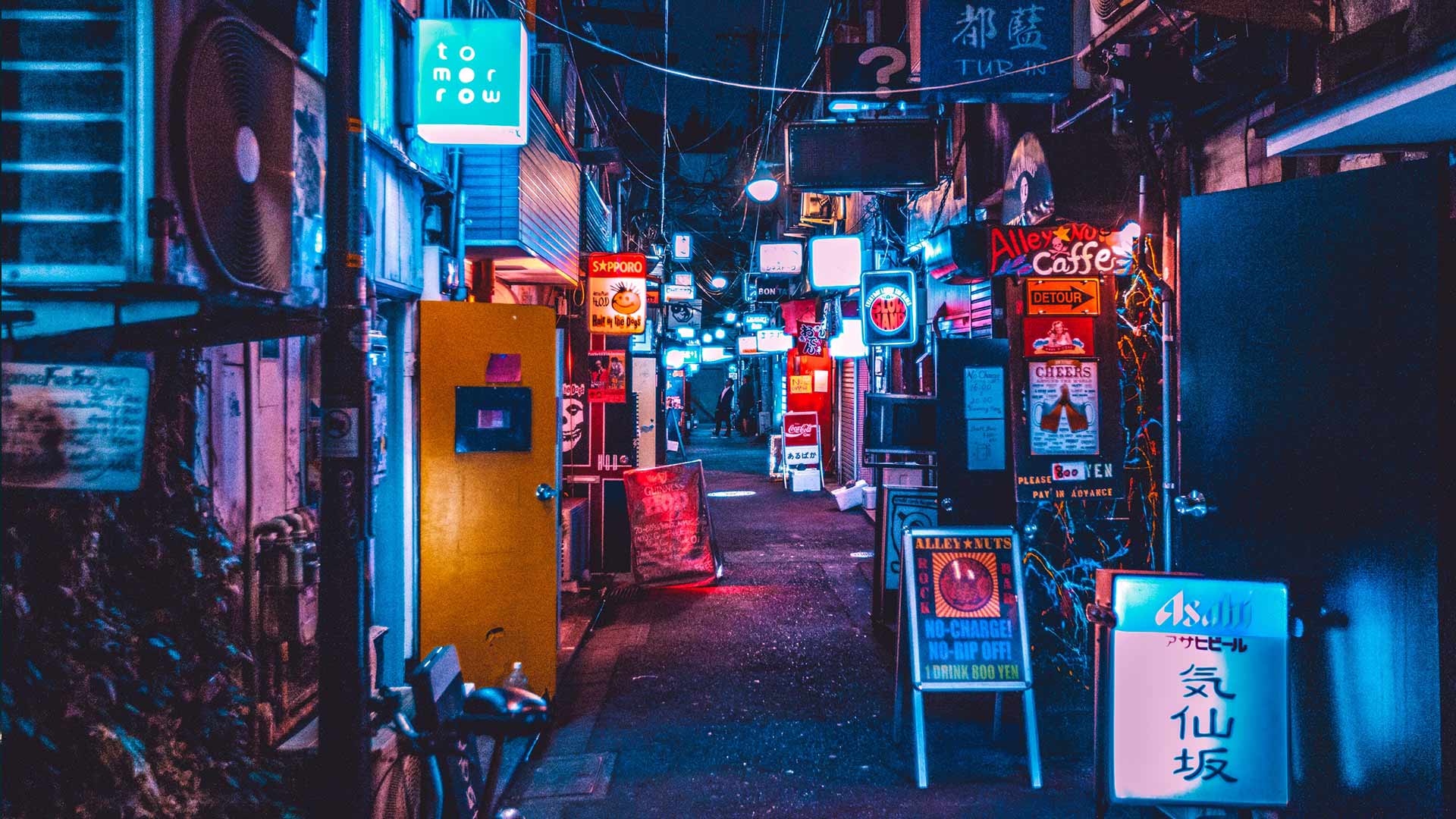
Get Lost in Asia
Asia is one of the most diverse regions in the world but many don't stray beyond a handful of buzzy tourist hot spots. Choose the path less travelled and dive head first into this melting pot of culture, customs and chaos.
Asia is a beloved Australian travel destination, with our fellow citizens seemingly everywhere you step. Its proximity, cheap airfares and even cheaper accommodation, excursions and eats make it ideal for a quick getaway, all-out backpacker or ultra-luxe (yet very reasonably priced) holiday. Despite how close it is, Asia offers a wholly different cultural experience, with so many little-traversed regions to explore — even for the most avid travellers. With our guide, you can straight-up adventure around Sri Lanka, go on a food tour around South Korea, take a volcanic hike in The Philippines, check out the most unique experiences in Japan and join a Buddhist pilgrimage in Bhutan. Whether you’re looking for the road-less-travelled, are the adventurous type or take your food tourism very seriously, we’ve got you covered.
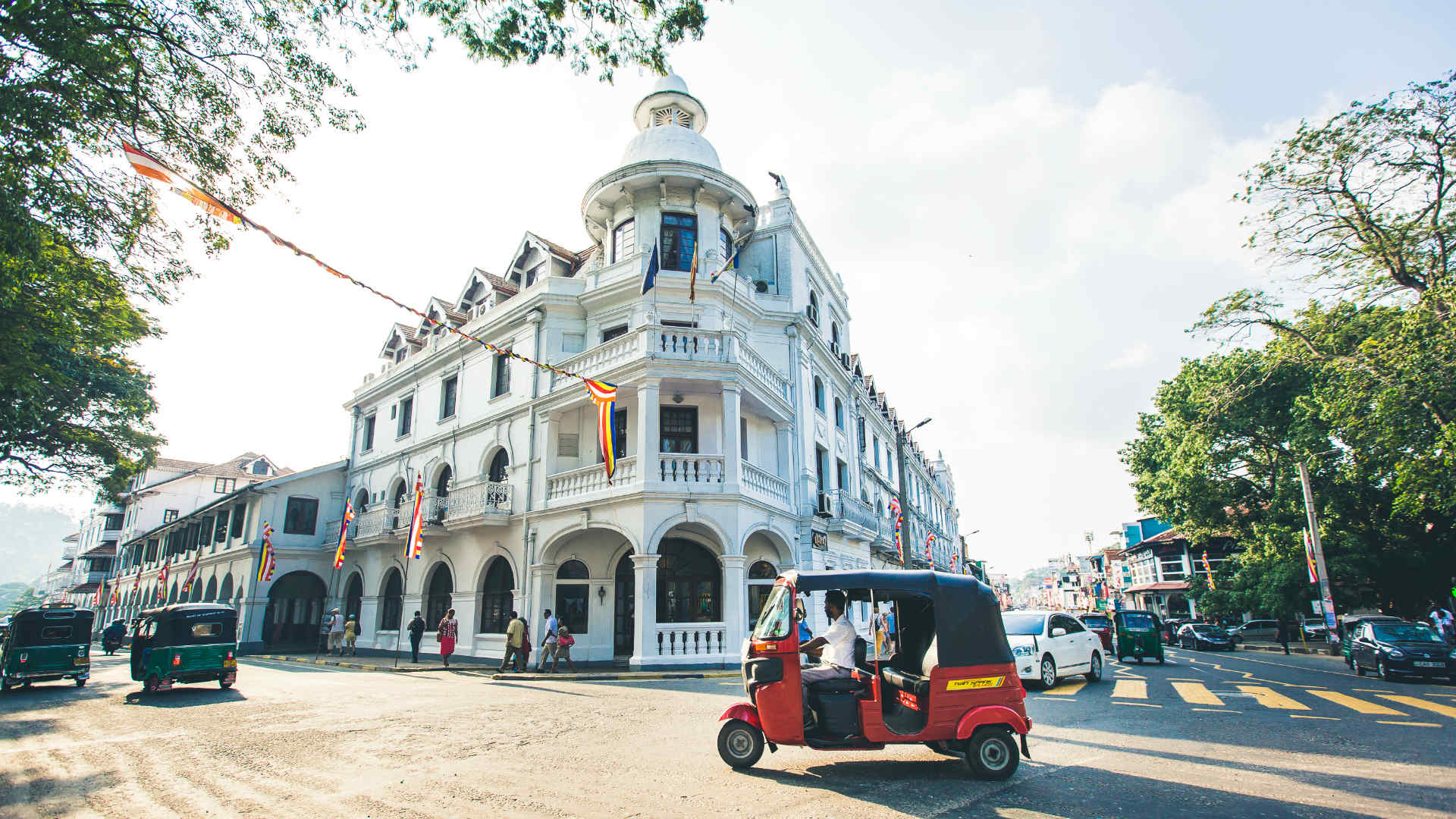
SRI LANKA: UNCOVER ENIGMATIC TEMPLE RUINS
When an adventure is in order, Sri Lanka should be top of the list. The country’s rainforest-crested mountains, sizzling street markets and mysterious temple ruins are ready to take you there. Delve into the sights, sounds and smells of Sri Lanka, and all on two wheels. This cycling tour of the country will have you winding through secret back alleys, pausing to meet chatty locals and careening through tea plantations.
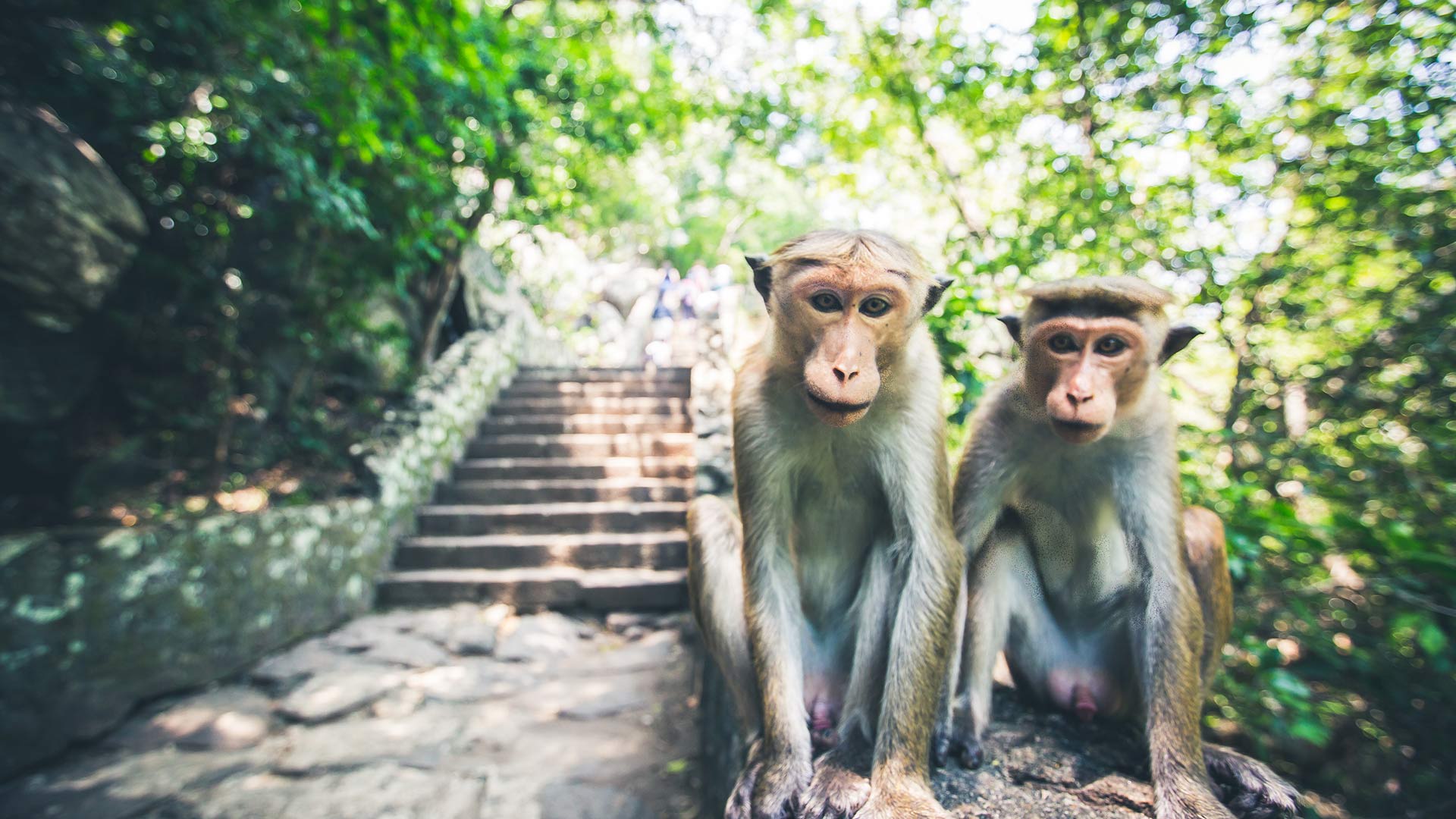
You’ll feel like Indiana Jones as you pass through two enormous carved rock lion claws at the foot of Sigiriya, a rock fortress that rewards your steep climb with a unique view of the surrounding jungle. Continue your cultural exploration in the former Kingdom of Kandy, with a once-in-a-lifetime visit to the Temple of the Tooth Relic. The temple, hidden away within a royal palace complex, is believed to hold the relic of the tooth of Buddha.
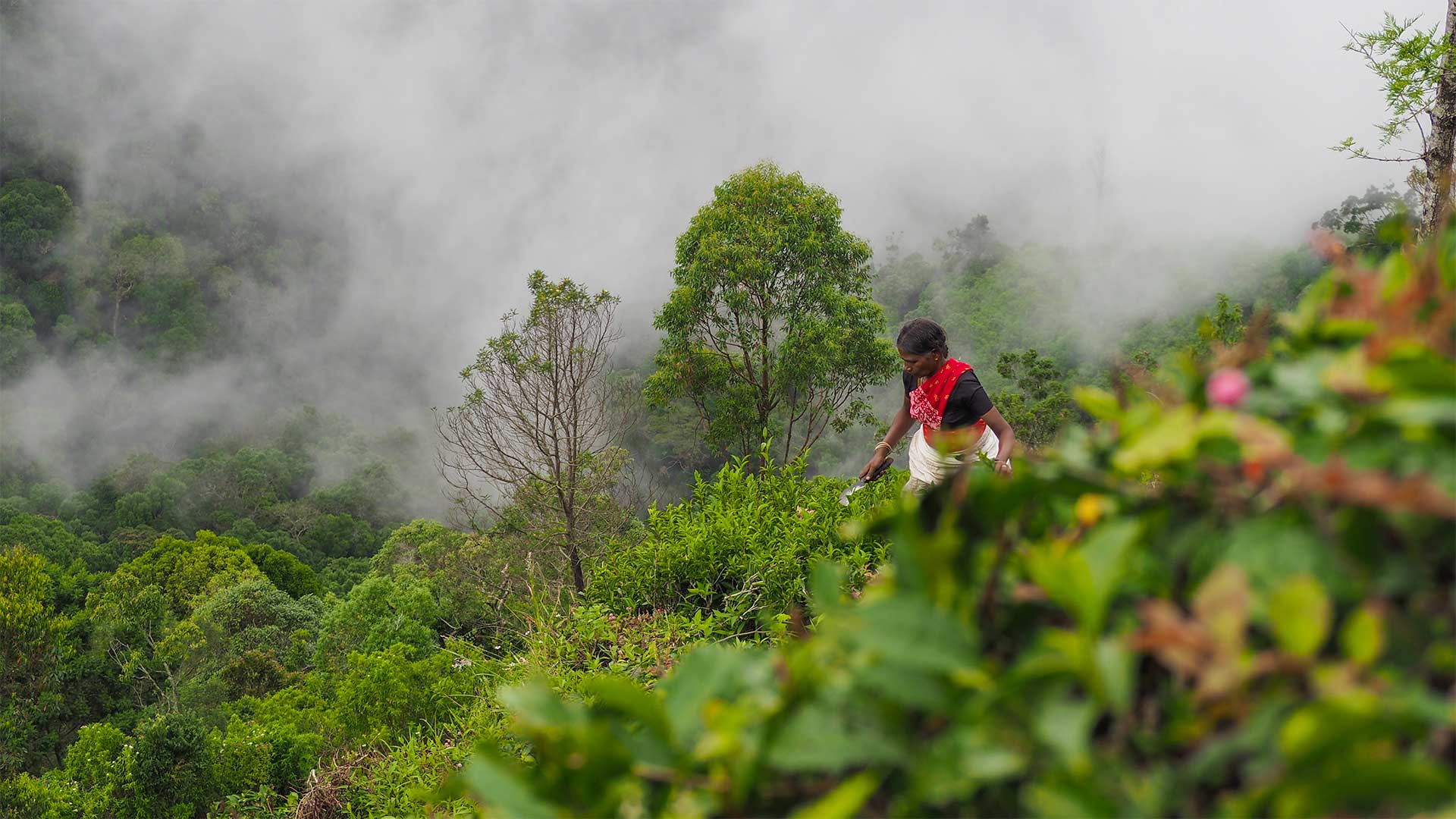
Visiting Sri Lanka not only brings you closer to history, it gives you a unique window into the supply chains of some of your best-loved treats. Learn how tea leaves are hand-harvested in the field, processed and auctioned to tea brands around the world before making their way into your cup. Discover fragrant fields of your favourite spices, and then taste them coming to life when you dunk your shredded roti bread into your steaming fish curry, alongside a gooey egg hopper.

SOUTH KOREA: DINE LIKE ROYALTY
South Korea is quickly gaining international recognition for a national cuisine that’s delicious, healthy and incredibly varied. While you can find incredible eats throughout Korea — highlighted on Intrepid’s eight-day food adventure — nowhere compares to the country’s buzzy capital for its sheer diversity of offerings.
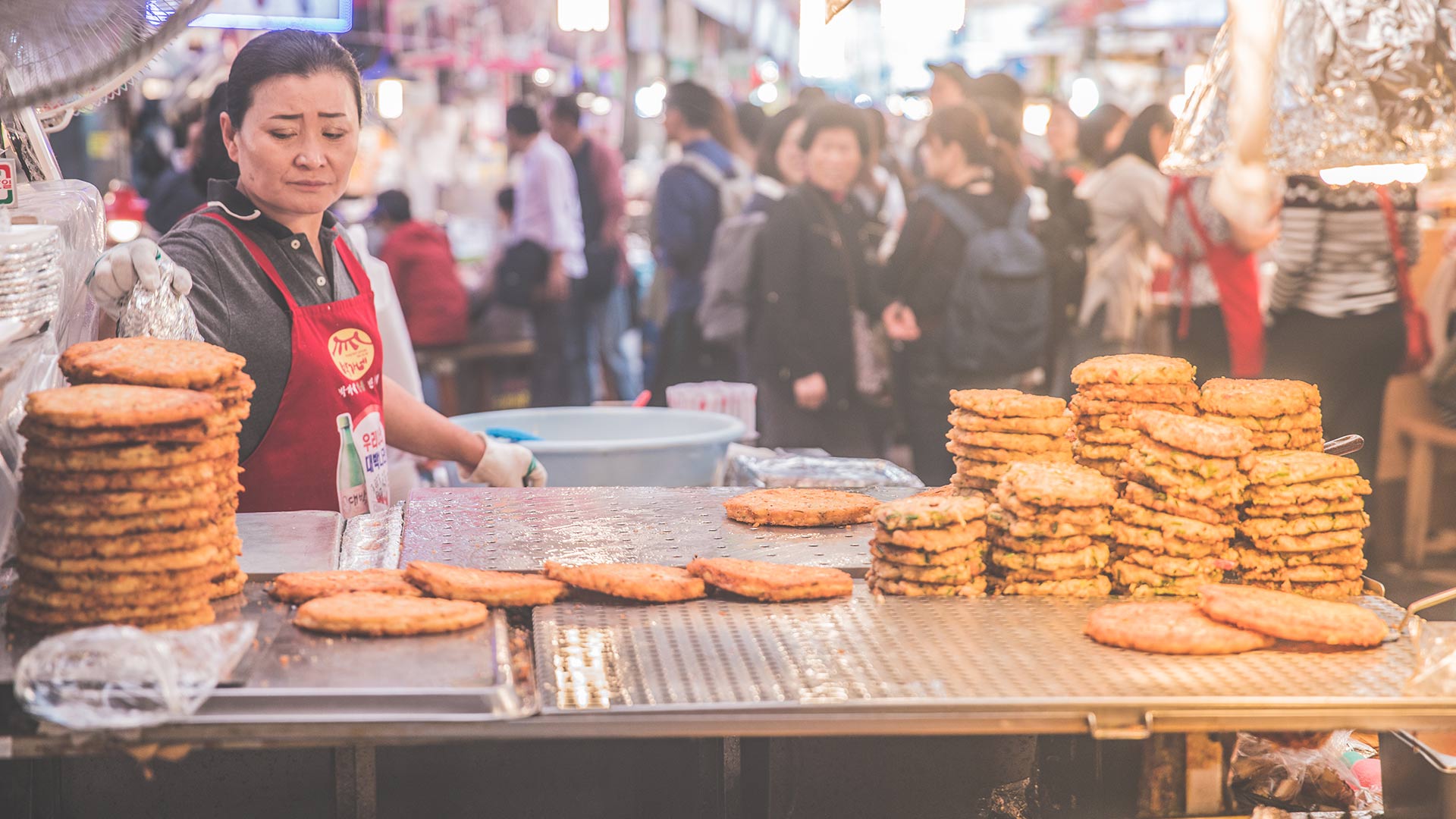
Quintessential food experiences in Seoul range from raw fish (hwae) to the ubiquitous barbecue, all washed down with soju, Koreans’ alcohol of choice. For a one-stop adventure through the best of Korean cuisine though, nothing beats hanjeongsik. This traditional banquet-style dining originated in Korea’s ancient royal palaces and consists of what feels like countless (but is more like dozens) of dishes heaped onto your table. While the experience varies between restaurants, you can expect the meal to follow the general order of cold appetisers, followed by sautéed vegetables and a selection of kimchi, and then some fish and meat dishes.

For some of the city’s best hanjeongsik restaurants, Insadong — a charming neighbourhood awash in traditional homes and art galleries — is the place to go. Here, you’ll find Jirisan, a classic restaurant set in a hanok (traditional Korean home). At the entrance, slip off your shoes, then take a seat at one of the low tables and prepare to sample dish after dish of traditional Korean cuisine. Afterwards, walk off the inevitable food coma with a stroll around Insadong’s many galleries and souvenir shops. Insa Art Centre and Gallery Hyundai are particularly recommendable.

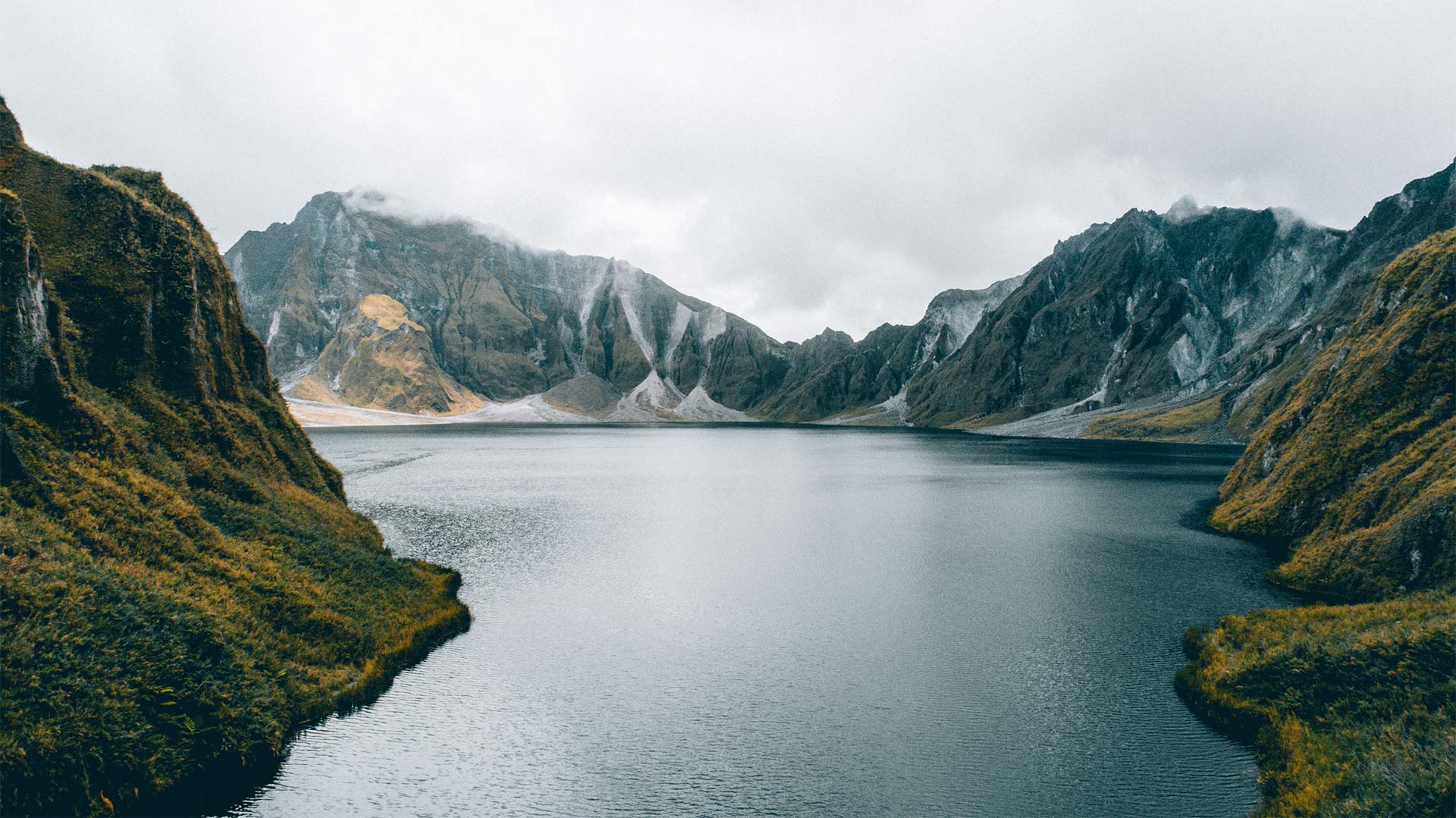
THE PHILIPPINES: TREK THROUGH EERIE, STUNNING VOLCANIC LANDSCAPE
With over 7000 islands to choose from, a trip to The Philippines requires some research, but this 11-day tour should help give you a good taste of some of the best bits. Also, Filipinos are known for their laid-back, friendly demeanour and love to show off their beautiful country, so asking a local wouldn’t go amiss either.
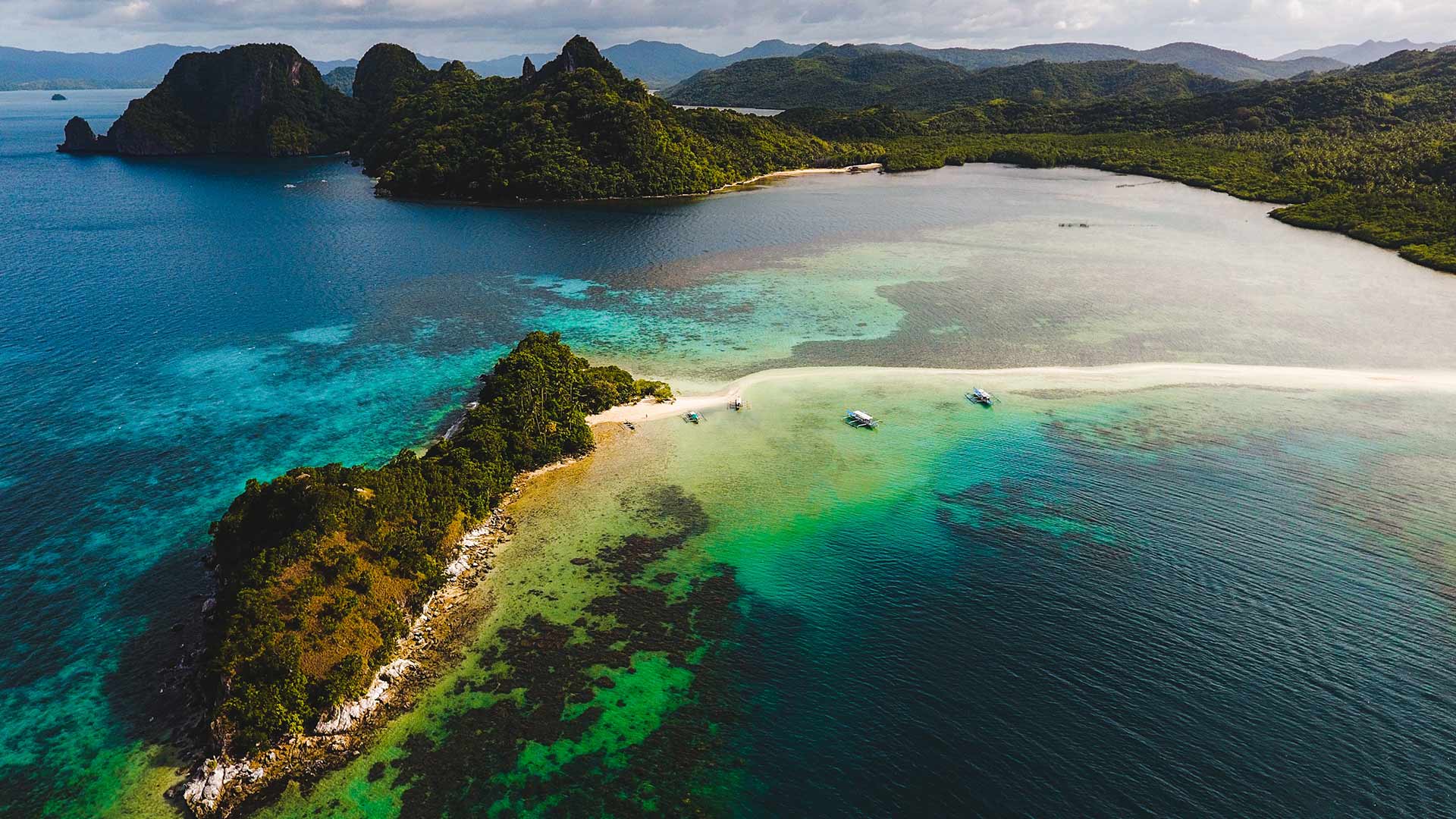
While the people are known for their friendliness, the country is known for its breathtaking beaches with aqua-blue tropical waters and pristine coral reef. However, the country’s inland jungles should not be overlooked. They’re not only stunning, but they also feature some of the world’s wonders — like the mysterious Chocolate Hills in Bohol, whose karst structures baffle geologists, and the breathtaking rice terraces of Banaue, which were constructed over 2000 years ago by the native Ifugao people.
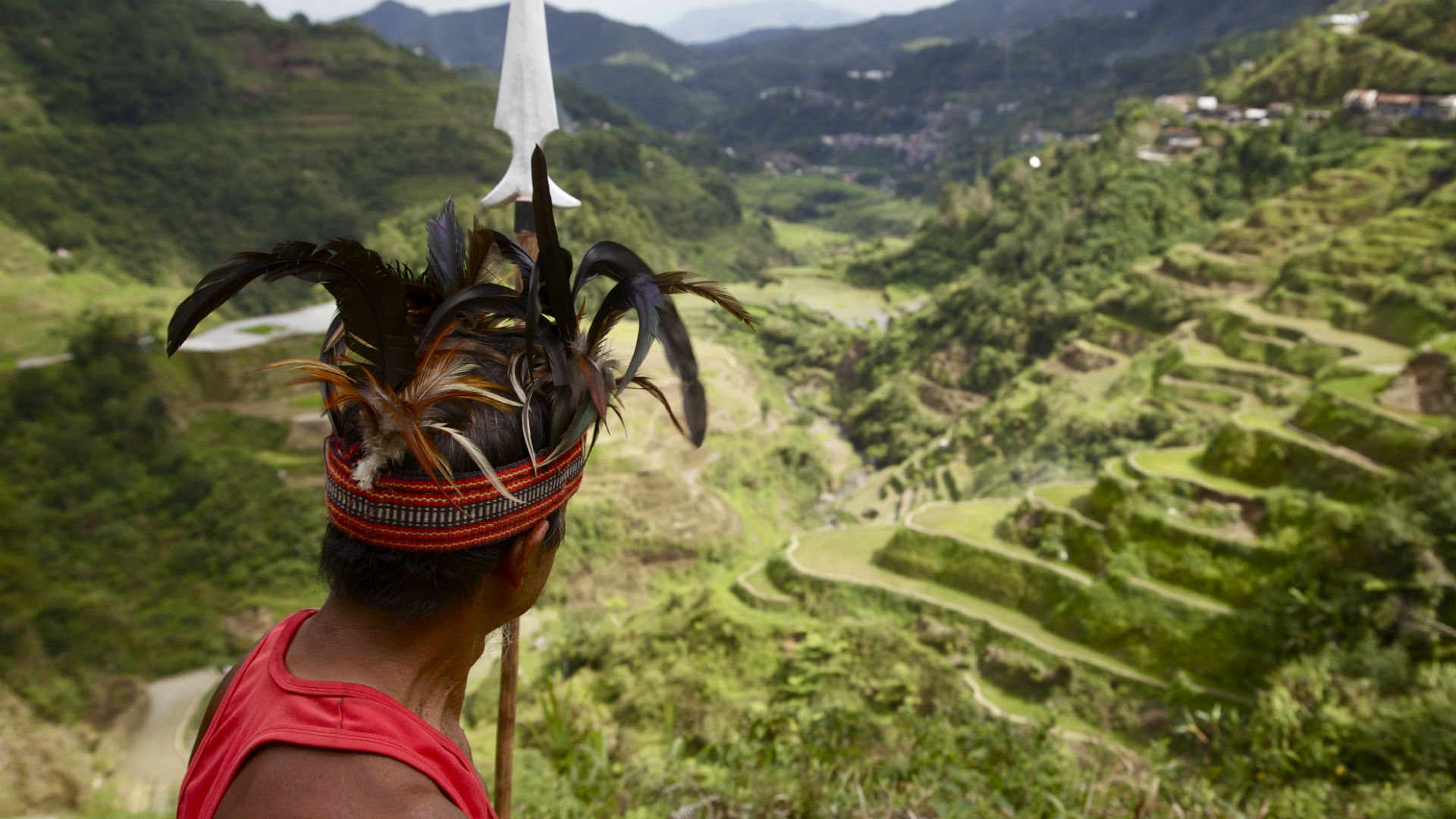
For a truly unforgettable hike, the trek to Mount Pinatubo Lake is an incredible site to see. Located on the main island of Luzon, the Mount Pinatubo volcano had an enormous erupted in 1991, leaving an eerily beautiful landscape marked by an emerald-green crater lake, grey ash-covered paths and rock formations. The rough, apocalyptic terrain leading to the volcano’s base can only be traversed by 4×4 and a tour guide is required. Once on foot, you’ll trek through a beach-like expanse of ash, crossing streams and rivers before entering the volcano’s jungle. Both unsettling and exhilarating, the experience will make you feel like you’ve reached the ends of the earth.

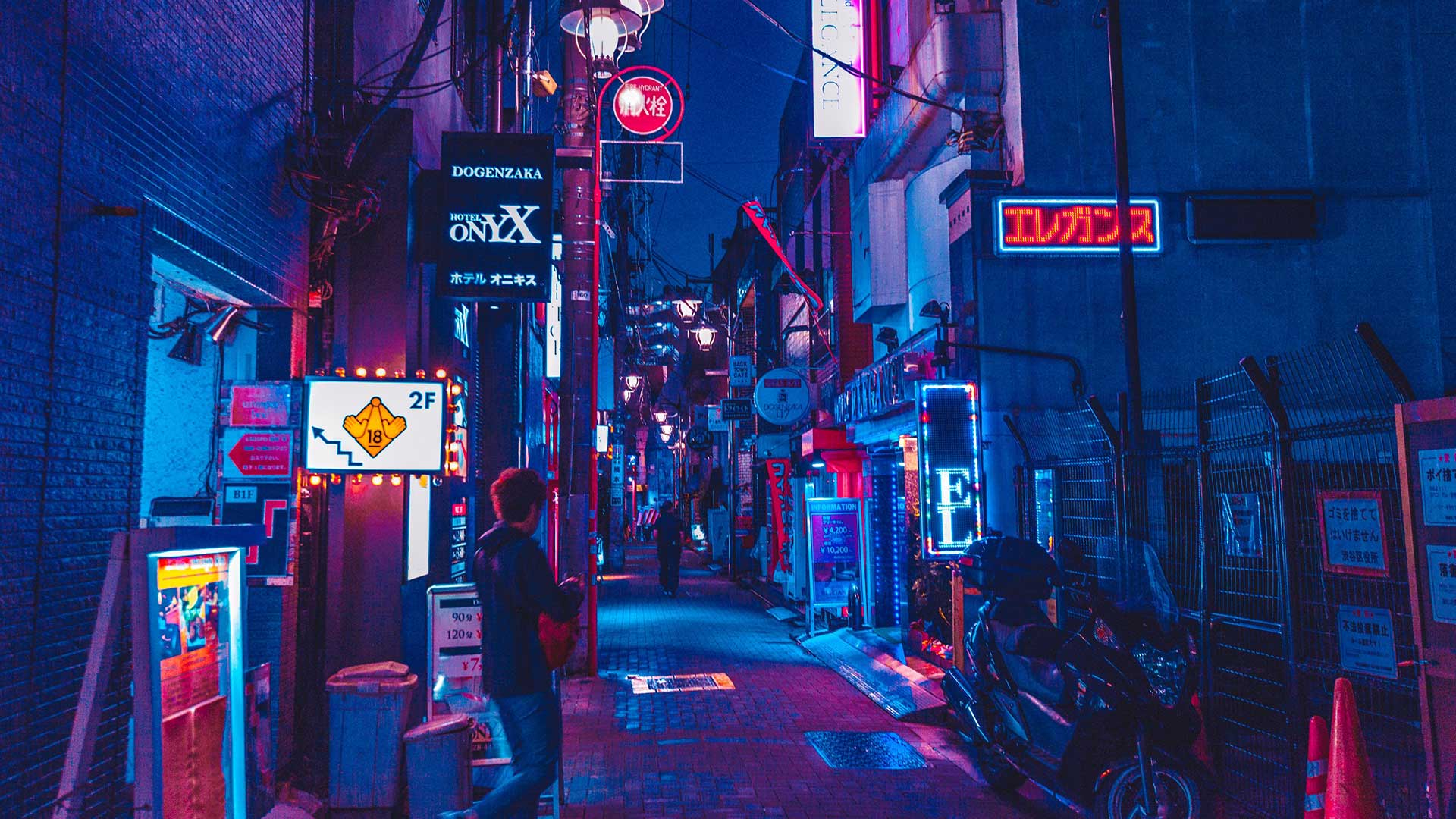
JAPAN: TAKE IN THE WEIRD, WACKY AND WONDERFUL
With robot restaurants, cat cafes and neon cities, Japan’s obsession with the weird and wonderful has been well documented. Culture shock doesn’t quite cover it when first arriving in Tokyo, as the neon lights and noise collide in such a blur that your head will spin. But fear not, Japan is one of the easiest and most welcoming countries to travel, as proven by this tour. Once you find your groove, you’ll soon discover it’s truly a one-of-a-kind place.
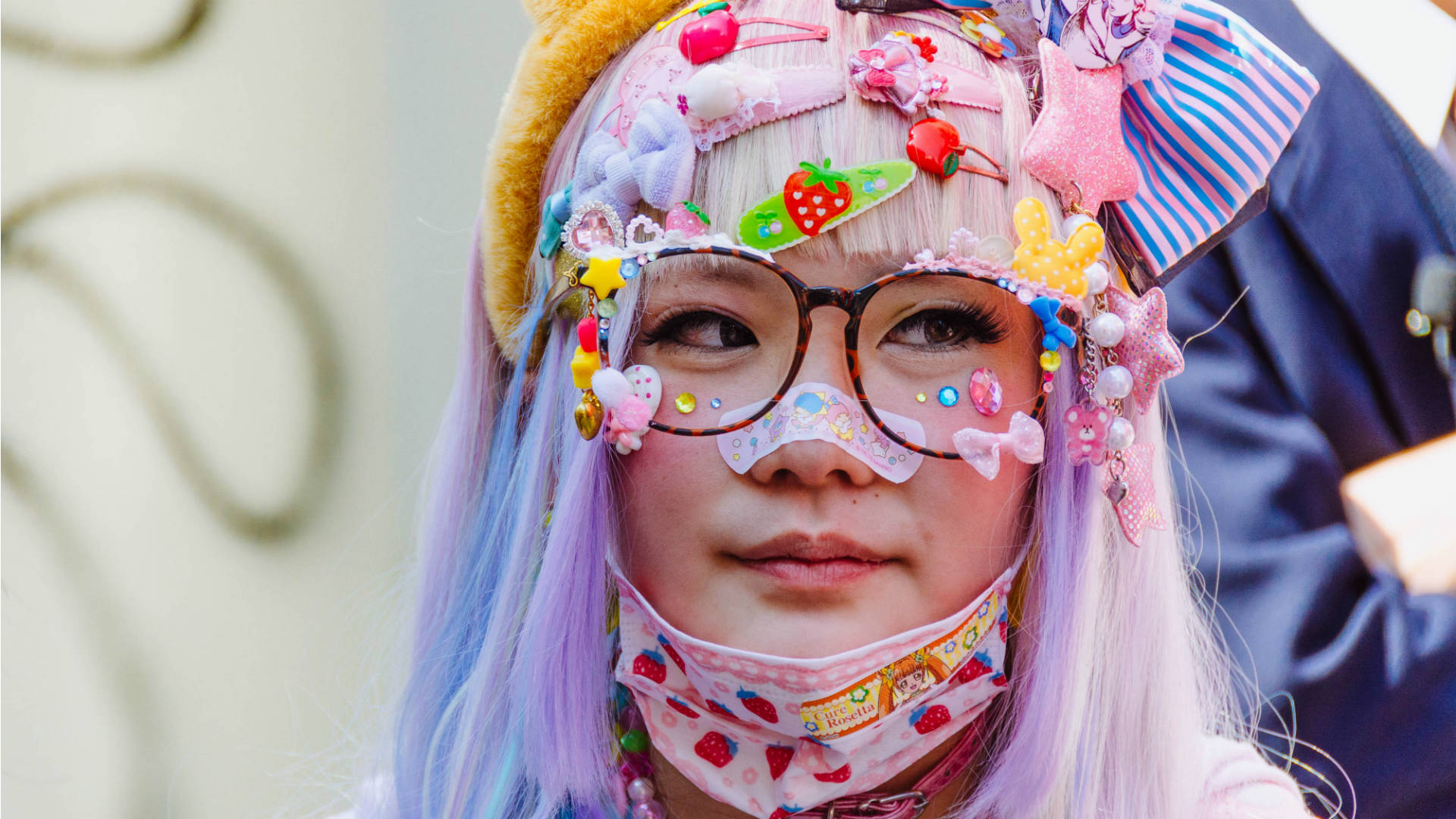
Each ward within Tokyo brings its own delights, but the interlinked districts of Shibuya, Shinjuku and Harajuku are the ideal way to get introduced to the city. Home to street art and the infamous ‘cosplay’ culture, Harajuku’s Takeshita Street pulses with masses of tourists and locals. Grab an ice cream crepe from a nearby vendor and explore the maze of side streets, home to the most fascinating shops. Then walk five minutes away to Cat Street, where the noise and crowds thin out, and you’ll feel like you’re almost in a different city. This is where many of Tokyo’s coolest hang out, attracted by the trendy upmarket boutiques and recycled clothing stores.
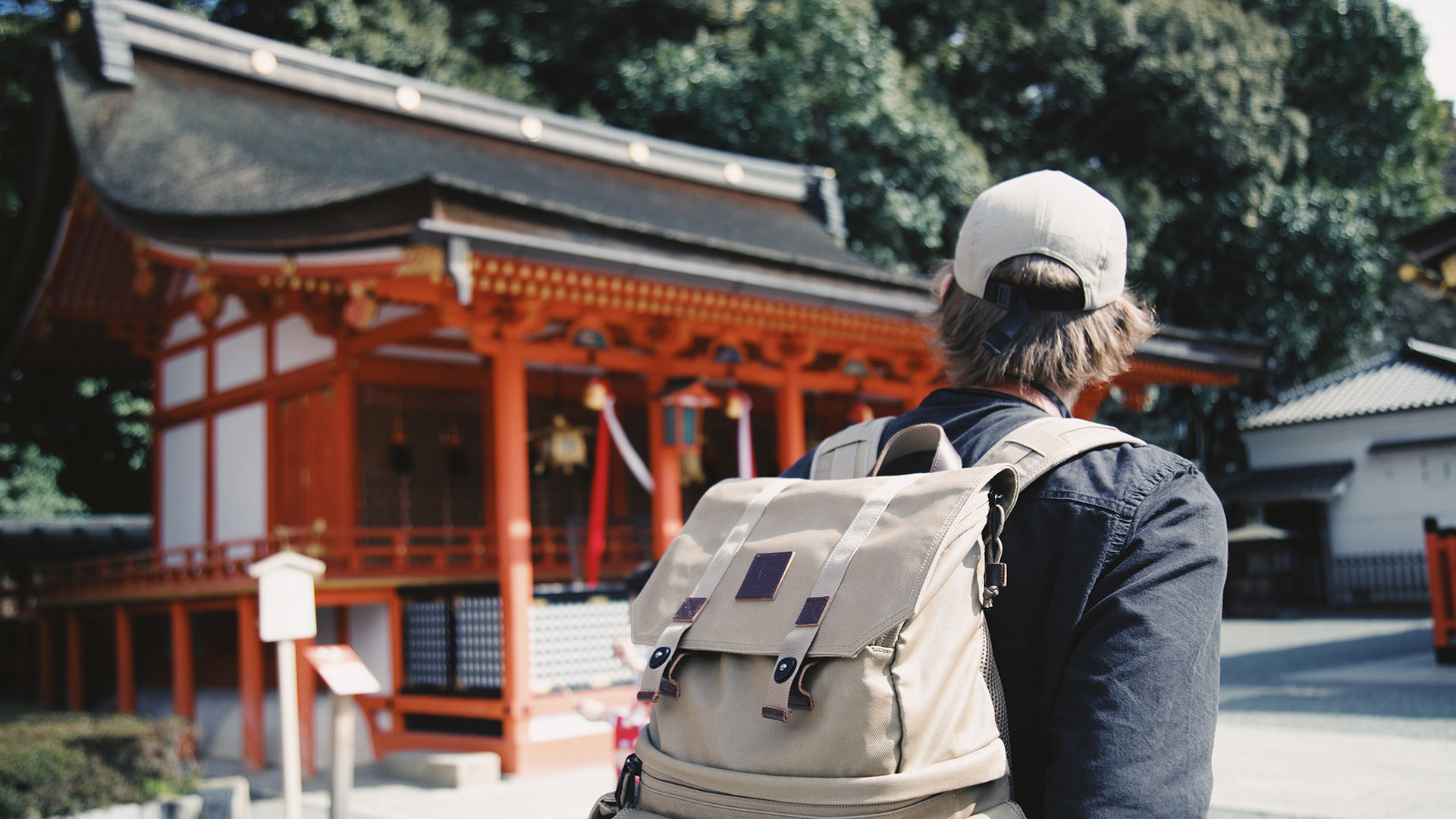
Changing pace, Nikko and Kyoto feature some of the most stunning national gardens and Shinto shrines. Nikko’s Kanmangafuchi Abyss might not be as well known as others, but the eerie location offers beautiful scenery and the chance to count the Jizō statues — which according to local mythology, spookily appear and disappear. Similarly, Kyoto’s Philosopher’s Path is a serene way to experience the city’s landscape; while The Golden Pavilion and Fushimi Inari-Taisha are must-see experiences you won’t find anywhere else.

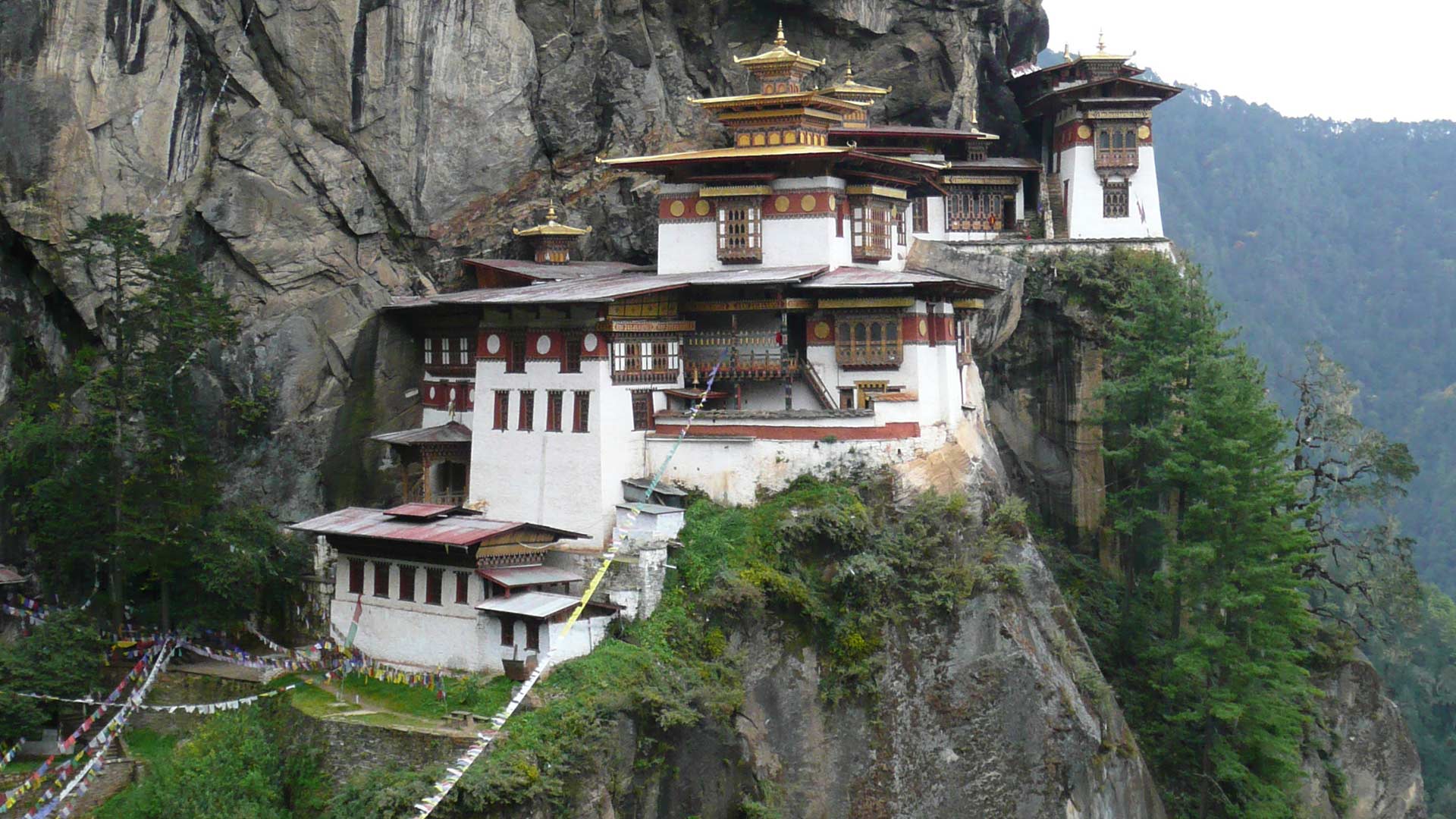
BHUTAN: EXPLORE INCREDIBLE MONASTERIES SET IN THE HILLSIDE
Bhutan is ideal for those who prefer to travel off the beaten track. While the small Buddhist kingdom is relatively unknown to the average Western traveller, it has an especially unique culture — being the only country to measure prosperity by ‘Gross National Happiness’. With more than half of the country’s national forests considered protected areas, the high-altitude region is an eco-friendly destination and the locals pride themselves on their sustainable approach to tourism, which you can discover on this Intrepid tour.
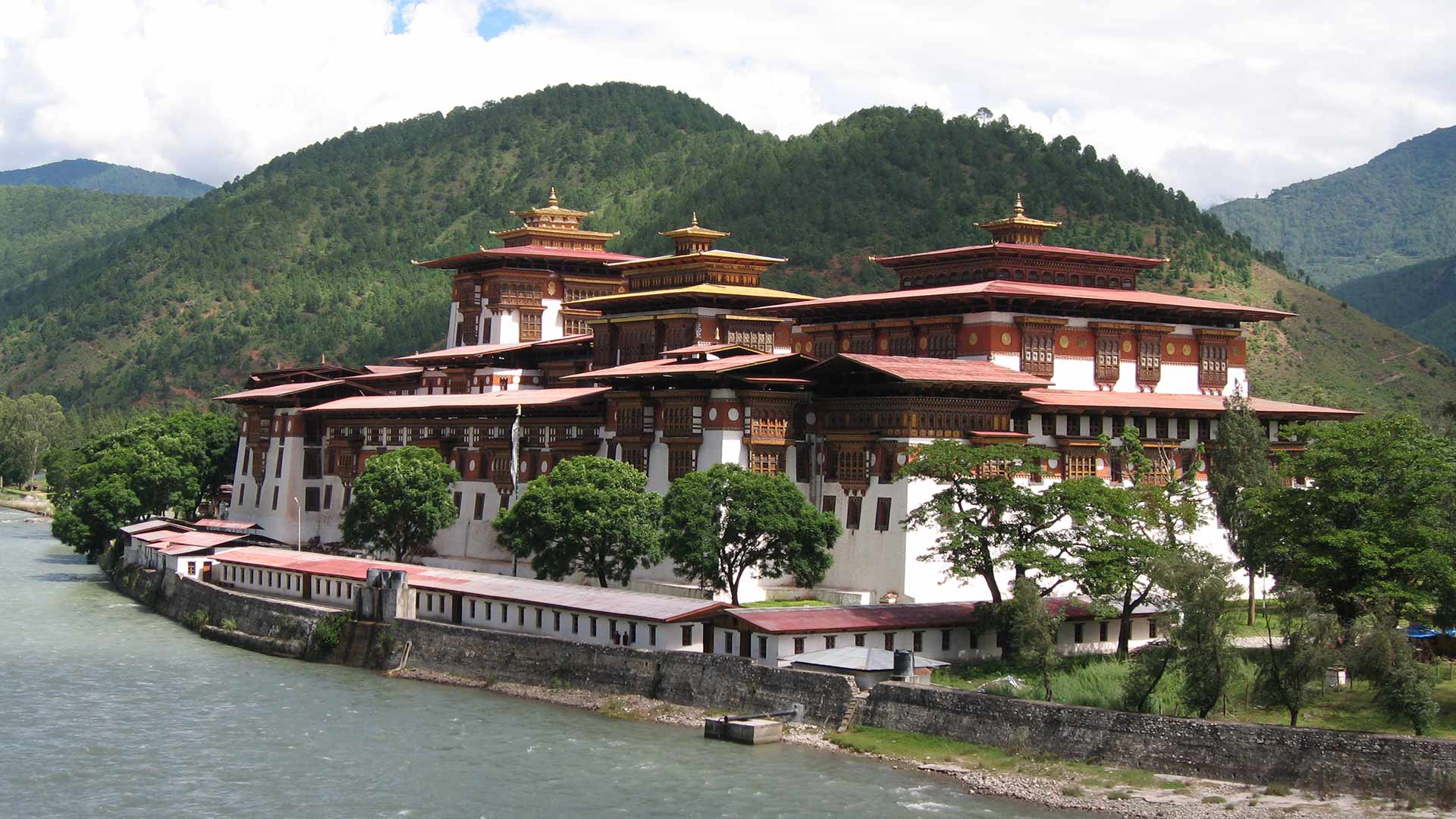
Situated along the eastern edges of the Himalayas, the country boasts a dramatic range of landscapes marked with impressive monasteries and fortresses built into the natural surroundings. The ancient Buddhist culture is alive and rich in the region. Some of the most impressive monasteries and monuments include the Chimi Lhakhang (Temple of Fertility), which is decorated with colourful phalluses and frequented by childless couples, and the Zuri Dzong caves, where Buddha is believed to have meditated in the eighth century.
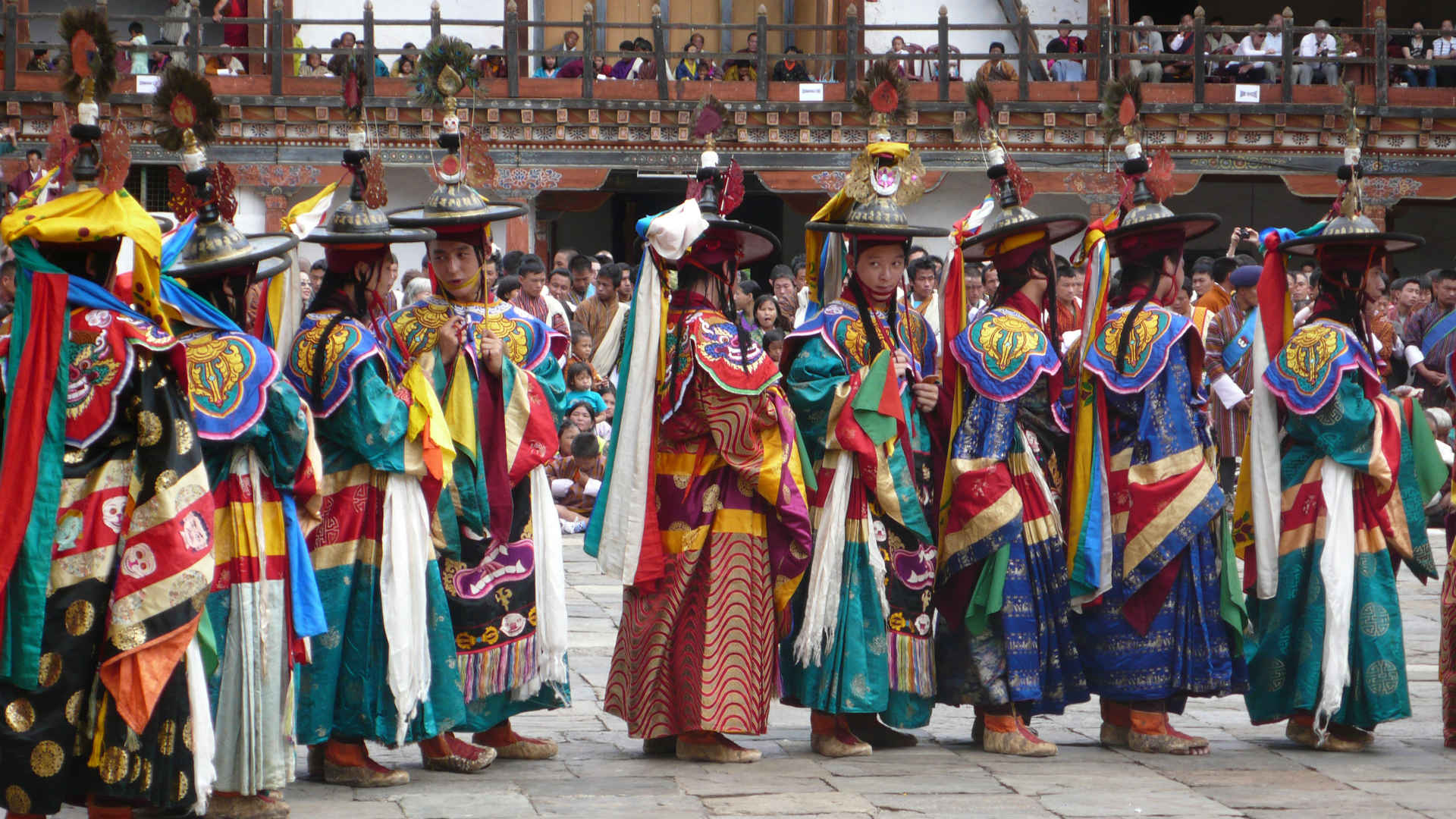
Possibly the most well-known monastery in Bhutan is Paro Taktsang, or the Tiger’s Nest Monastery. Sitting 3000 metres above sea level on a sheer vertical cliff, the monastery buildings are built directly into the rock face. Combined with regular cloud cover, the sacred site offers an other-worldly experience to travellers. Buddhist pilgrims have been making the trek to this site since the 11th century. The trek is marked by a water-powered prayer wheel, colourful ancient paintings, prayer flags and kiosks selling bells and skulls for worship. The route’s natural phenomena include lush pathways with blue pine trees and a 60-metre waterfall which drops into a sacred pool. The best time to visit is during March, when the colourful Paro Valley Tsechu festival is held in honour of Bhutan’s founder of Buddhism, Guru Rinpoche Padmasambhava.

While planning your next trip overseas, consider doing something a little off-centre and away from the beaten track on a tour through Asia with Intrepid Travel.
